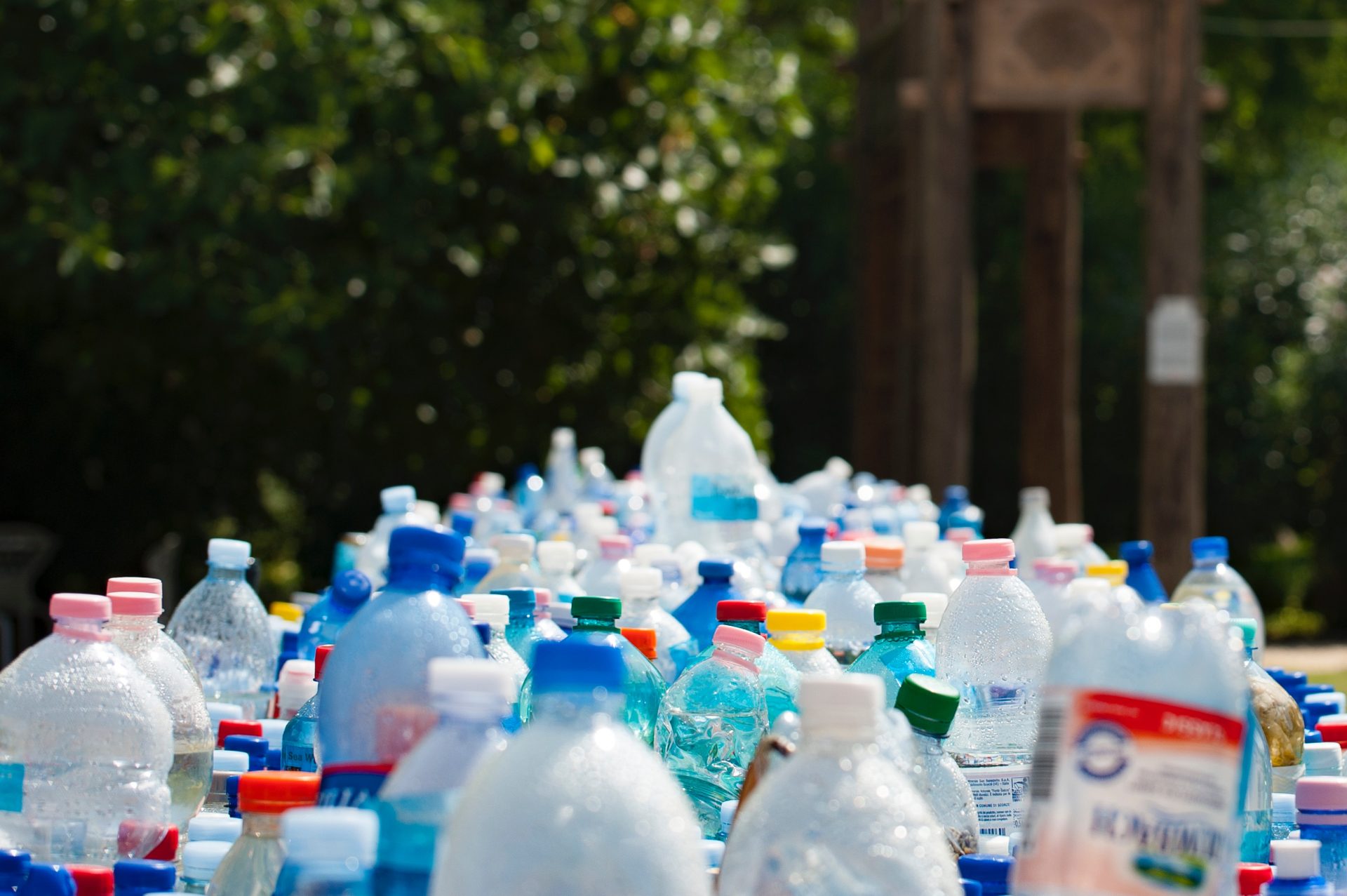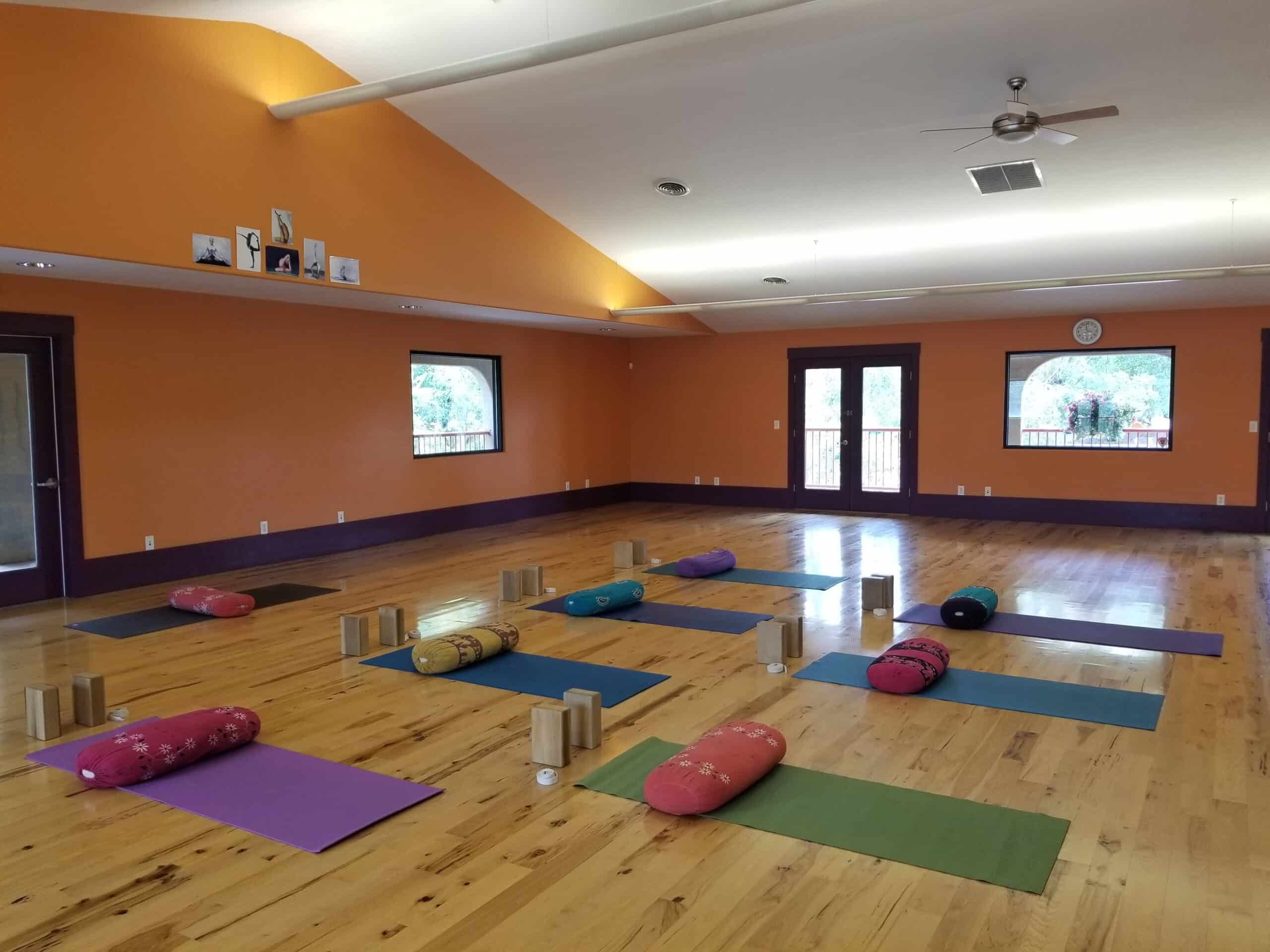Reduce, Reuse … Recycle? | By Lexi Reich
When Kathleen Thurmes, the East Boulder County Zero Waste campaigns coordinator, first learned cities in America were sending their recycling to the landfills last summer, she was disappointed, but not surprised. She had heard of China’s recycling import ban in the spring of 2017. It sent many U.S. recycling centers into turmoil the following summer without China as a buyer for their recycled material. But unlike other recycling facilities in the nation, the Boulder County Recycling Center had decided 16 years prior to sell its recycled material to local and domestic end markets. So, Thurmes knew her center wouldn’t run into this issue.
Thurmes had always known that the global recycling model dumping the burden on China was never sustainable to begin with, so maybe, she says, China’s ban was “a blessing in disguise.” It prompted a conversation on better ways to sustain the environment.
It comes down to this: if America’s recycling facilities cannot successfully process the amount of material sent to them, the only way to produce less, is to use less.
Recycling Locally versus Globally
Last year, National Geographic named Boulder, Colorado the happiest, healthiest city in America. And happy and healthy residents care about their community’s environment. With its curbside residential and business recycling and composting services, a community of devoted “zero straw drinking” followers, and serious public shame for forgetting your reusable bag at Whole Foods, CBS News says Boulder may also be one of the greenest cities in the country.
But last summer many other cities with “green” reputations like those in Oregon and California sent their community’s recyclable materials to the last place they’d want it to go: landfills. Without China as a buyer, there was more supply than demand for recycled goods. This resulted in decreasing sales prices of recycled material. Landfills became the only home these struggling facilities could find.
Landfills became the only home these struggling facilities could find.
China was importing two-thirds of the world’s plastic waste before their government called quits in July 2017. China used to repurpose most of the world’s recycled raw material into its products, but the country grew tired of buying copious amounts of contaminated plastic — better known as foreign garbage — that hurt their environment.
“It is devastating to watch so much effort and work going into landfills when these materials still have further life,” said Kennedy Roddy, education and outreach specialist at the Boulder County Resource Conservation Division.
Economics of Recycling
The declining value of recycled material, which stemmed from the green movement in the 1970s, is concerning, especially with environmental concerns at the forefront of political debate today.
With all U.S. recycling facilities trying to sell to domestic mills now, the demand for recycled material has plummeted. According to Recycling Today, at a U.S. average price of $16.94 per ton, mixed paper sold for $72.23 less than what it sold for last February, when it was $89.17 per ton. That’s a drop of 81 percent.
Not only are recycling centers suffering economically, but consumers are wondering if recycling is even worth it.
Not only are recycling centers suffering economically, but consumers are wondering if recycling is even worth it.
“Recycling is straightforward, but does take some sacrifice taking the additional step. People hearing these messages of recycled goods ending up in landfill seriously undermines motivation,” said Amanda Carrico, who teaches environmental psychology and behavioral insights for sustainability at the University of Colorado, Boulder.
Fortunately, with Boulder in no danger at sending recycling to landfills, and with its green-minded attitude, many Boulderites are likely to continue recycling.
Ecocycle, the non-profit that runs the Boulder County Recycling Center, supports the Recycling Center’s peer-to-peer education program, where community volunteers, or “eco-leaders,” teach others environmental practices because it is highly effective in creating positive behavior change. This initiative educates people on things like which bins to place your waste in.
Boulder’s Recycling
All these conscious initiatives improve Boulder’s recycling position even more. Darla Arians, Boulder County Resource Conservation division manager, says buyers know Boulder produces high-quality recycled material. “We have weathered the China storm very well,” she said. “We have strong relationships with domestic end markets.”
“But, I’m not going to say we haven’t been impacted at all,” she adds. While the decreasing sale price of recycled goods hasn’t shut the facility down, it still hurts business.
Before the Boulder County Recycling Center’s opening in 2001, Boulder County implemented a penny tax where for every $10 spent, a penny was taken out to support the facility. It generated $23 million in seven years. The facility cost $14 million to build, so the rest of the money was left for upgrading purposes.
The Recycling Center’s values are centered on its zero waste initiative adopted in 2010; it aims to achieve a “zero waste — or darn near” community by 2025. In practice, this is defined as 90 percent diversion, which is the percent of materials that instead of landfill go into recycling or compost.
According to a 2017 study by Ecocycle, Boulder recycles 40 percent of its residential and commercial waste, compared to the national average of 34 percent. The state of Colorado recycles only 12 percent of its waste, making Boulder the leading recycler in the state.
While other recycling facilities couldn’t afford to sell their recycled material at such low prices, landfilling them instead, the Boulder County Recycling center says that even if it costs money to properly recycle, that is what they are going to do.
The Boulder County Recycling center says that even if it costs money to properly recycle, that is what they are going to do.
Even though Thurmes doesn’t have to worry about China’s policy, she still has other problems to solve: sorting and processing the growing mixed and contaminated plastic that enters it is difficult and expensive.
Beyond Recycling: Reduce and Reuse
Your coffee cup may be contributing to the problem. Its mixed composition of cardboard and plastic makes the cups extremely difficult to recycle after your morning caffeine fix. Recycling centers today even have to pay to try to process the material, and with decreasing prices, it is cheaper to send contaminated mixed plastic to landfill.
Thurmes says we need to move away from the use of plastics and low-grade material, recyclable or not, if we want to create a sustainable world.
“We may be acting locally sending our waste to China, but we are hurting our planet by hurting their environment,” said Thurmes. She suggests the “Think Globally, Act Locally” mantra to create a circular economy, where everything is made to last and also made to be reused and repurposed. This calls for a shifted mindset into how we view being “environmentally-friendly.”
“Think Globally, Act Locally”
It is important for individuals to recycle at home, she says, “But we need to look at what we are making and creating, not just what bins we are putting things in to.”
Brittney La Gesse, owner and founder of Refill Revolution, a one-stop-refill-shop for household cleaning and body care products in Boulder, says the low-waste lifestyle is simply about being mindful of your footprint in everyday living. She commends the no-straw movement gaining attention and creating change in restaurants, but real change, she says, can be made individually by doing more than just not using a plastic straw.
The low-waste lifestyle is simply about being mindful of your footprint in everyday living.
“My whole life just changed into, ‘what is this made out of and where is it going to go when I’m done with it,’” she said, sipping out of her reusable mug resting on a cloth napkin.
The problem is over-consumption, and the solution may be simpler than you think. As reported by the Recycling Coalition of Utah, by using reusable drink containers an average person can eliminate the need for 100 disposable bottles per year.
Refill Revolution invites the community to refill its plastic shampoo bottles rather than buying a new bottle from conventional stores. It’s trendy on Instagram (the store has 23,000 followers and counting), and that has brought the storefront popularity. But La Gesse doesn’t want her business to be a niche, trendy fad; she wants it to be the norm in communities throughout the nation and the world.
People know organic spinach is better for their health and the planet than its conventional counterpart. People know spending their dollar on organic, healthy food is the best way to use their consumer voice. But what about the packaging these products come in? The real disconnect, says La Gesse, is the plastic waste that holds the organic spinach. According to the environmental research organization Worldwatch Institute, packaging is a third of our waste. Buying your spinach from the local farmer’s market and placing it into a basket, erasing the processing and packaging in between, is the best way to use your consumer voice.
So yes, Boulderites should keep recycling and rejecting their plastic straws, but a shifting mindset in seeing the global environment as local is necessary everywhere to see real change in the state of our planet.
A warming blend of peppermint, eucalyptus, juniper berry, lemon peel, ginger root and “whole-plant” CBD is exactly what [...]

Subscribe to Our Tribe
Stay up to date with Y+L News, Events and special announcements.










